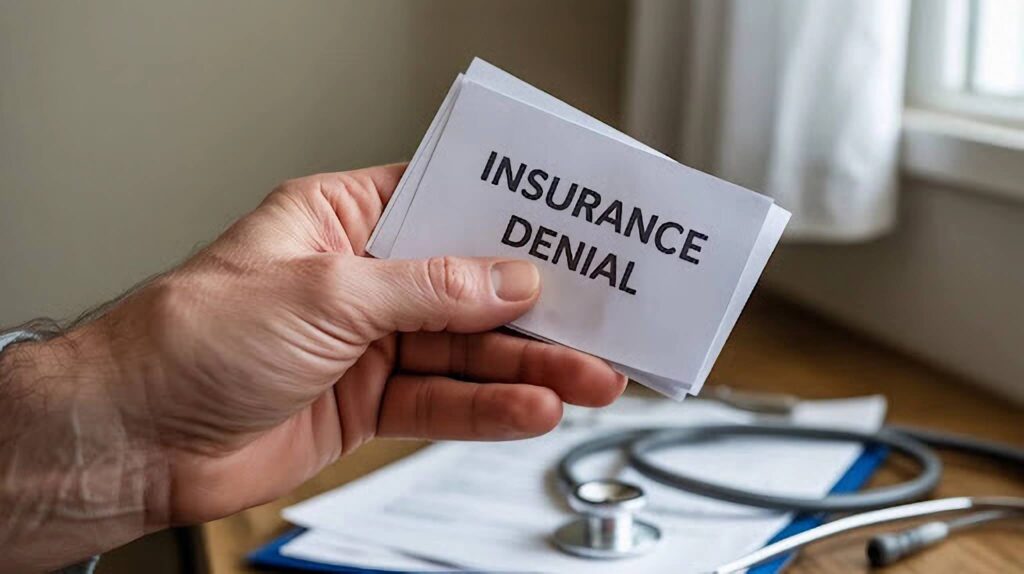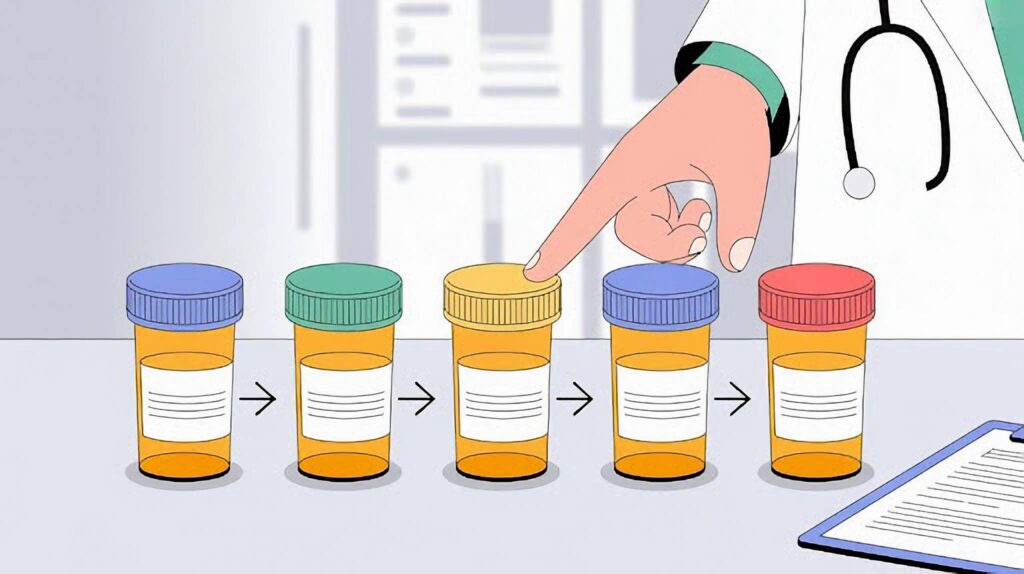
GLP-1 & GIP Treatments: A Deeper Look at the Future of Medical Weight Loss
If you’ve dedicated yourself to diet and exercise but still struggle with stubborn weight, you’re not alone. For many in Ventura, the challenge isn’t a

At California Living Medical Weight Loss, we know how discouraging an insurance denial can be when you’re ready to take control of your weight‑loss journey with GLP‑1 injections. Don’t let paperwork derail your progress. This guide covers everything from BMI documentation to the peer‑to‑peer review process, shows you how to appeal a coverage denial, and explores alternative coverage options—including step therapy, financial strategies, and public insurance nuances.
Insurance carriers enforce strict health plan coverage criteria for obesity medications. If your application doesn’t meet every requirement, it can be rejected—often for reasons unrelated to your medical need.

Most insurers require a BMI ≥ 30 kg/m²—or ≥ 27 kg/m² with documented comorbidities (e.g., hypertension, type 2 diabetes).
Tip: Ensure your medical record clearly shows these details.
Insurers look for lab results, physician notes, and documented weight‑related conditions.
Tip: Missing or vague documentation (sleep apnea, elevated blood sugar) can trigger denials.
Some online clinics fast‑track visits at the expense of detailed charting and correct coding.
Tip: Submissions with generic visit notes often fail the insurance pre‑authorization process.
Submitting through an out‑of‑network pharmacy or prescribing a high‑cost brand without generic alternatives can raise red flags.
Tip: Insurers may deny claims until a cost‑effective alternative is documented.
Pre‑authorizations often require quick callbacks, signed forms, or fax confirmations.
Tip: Even a one‑day delay in returning a form can derail the approval process.
Step therapy (sometimes called “fail first”) is a common insurance protocol requiring patients to try less expensive medications before covering GLP‑1 therapy.

A Letter of Medical Necessity is a formal document from your prescriber explaining why GLP‑1 therapy is essential for your health.

[Date]
[Insurance Company Name & Address]
RE: [Patient Name, DOB, Insurance ID]
To Whom It May Concern,
I am writing to request coverage for [GLP‑1 medication] for my patient, [Patient Name], who has a BMI of [XX] and comorbidities including [list]. The patient has previously tried [list medications and outcomes].
Due to [clinical rationale], GLP‑1 therapy is medically necessary to address their obesity and related health risks.
Sincerely,
[Provider Name, Credentials]
[Contact Information]
Our team will draft and submit this letter for you as part of your care.




Most insurers require a BMI ≥ 30 kg/m²—or ≥ 27 kg/m² with documented comorbidities such as hypertension or type 2 diabetes.
Gather supporting records (labs, physician notes), draft an appeal letter citing insurer criteria, and request a peer‑to‑peer review with an in‑network physician.
Yes. Licensed 503A pharmacies can prepare custom‑compounded protocols based on FDA‑approved ingredients at lower cost.
Once all documentation is submitted, pre‑authorization typically takes 5–10 business days. Timely follow‑up is essential to avoid delays.
Ask your verification specialist to negotiate a one‑time in‑network exception or switch to an in‑network specialty pharmacy that fulfills compounded protocols.
Medicare rarely covers GLP‑1s for weight loss. Medi‑Cal coverage is limited but evolving; our staff will help you explore all options.
We offer self‑pay plans, help you apply for manufacturer assistance, and can guide you in using FSA/HSA funds.
You don’t have to face insurance hurdles alone. Schedule your consultation today—let our experts handle the red tape so you can focus on your health and results.

If you’ve dedicated yourself to diet and exercise but still struggle with stubborn weight, you’re not alone. For many in Ventura, the challenge isn’t a

You’ve tried the diets and the workout plans, but lasting weight loss still feels out of reach. Now, you’re hearing about ‘GLP-1/GIP treatments’ and ‘tirzepatide’—but

Are you eating clean and staying active, but still struggling with stubborn weight gain, low energy, or a softening physique here in Ventura? You’re not

A Deep Dive into How Gentle Heat Enhances Recovery, Balance, and Wellness In Ventura’s active, coastal lifestyle, the pace of daily life can often leave
LEGAL
QUICK LINKS
© California Living Medical Weight Loss Wellness Center 2024 – All rights reserved. Privacy Policy
Designed by Kickstartsocial.co